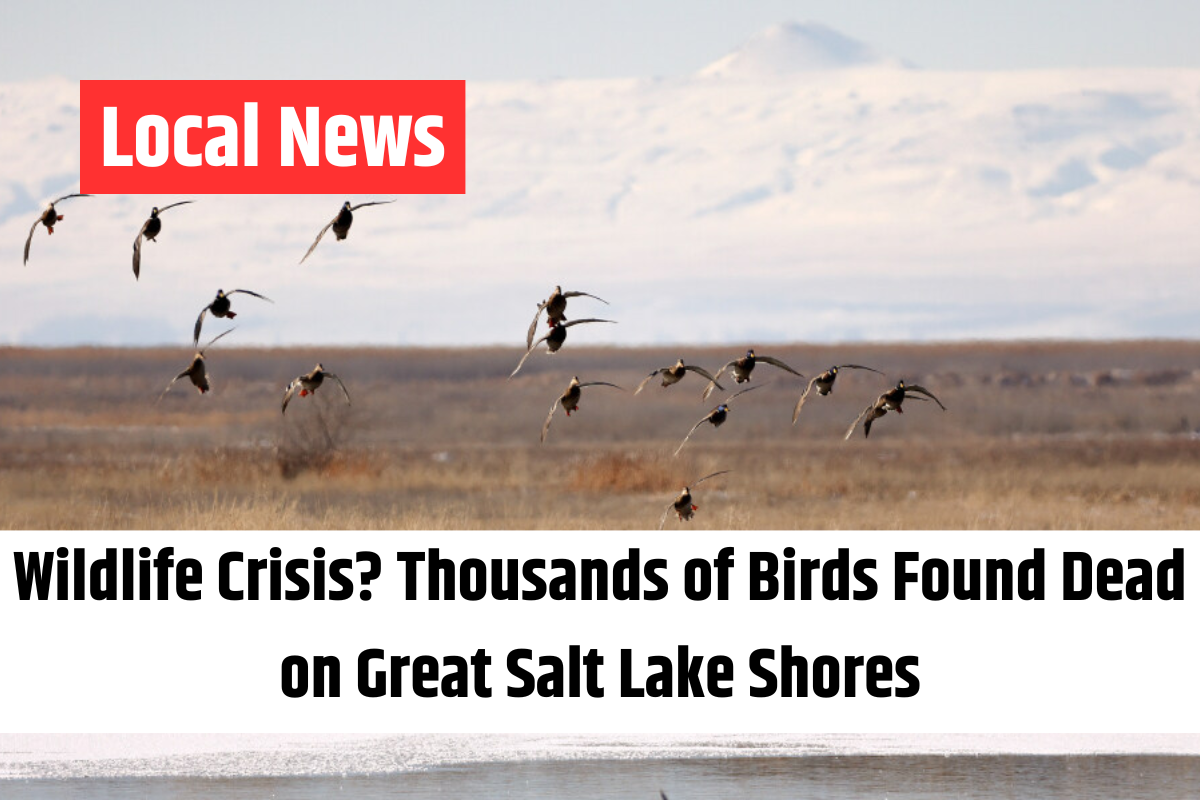
Since November 2024, an estimated 15,000 to 25,000 eared grebes have perished along the Great Salt Lake, with avian influenza confirmed as the cause, according to the Utah Division of Wildlife Resources (DWR).
Public Urged to Report Dead Birds
The DWR is asking residents to report sightings of multiple dead birds.
“If you come across five or more dead waterfowl or shorebirds, or find any dead scavengers or raptors, please contact your nearest DWR office and avoid handling the birds,” said Faith Jolley of the agency.
Testing Confirms Avian Influenza
The first dead birds were discovered in November 2024, prompting wildlife officials to collect and send samples for testing. By December, results confirmed that highly pathogenic avian influenza (HPAI) was responsible.
Despite the mass die-off, DWR officials believe the overall eared grebe population will remain stable. With an estimated 4 million grebes migrating through Great Salt Lake annually, the deaths, while significant, are not expected to cause a major decline.
Saltwater Preserves Carcasses
Due to the high salinity levels of the Great Salt Lake, bird carcasses do not decompose as quickly as they would in freshwater environments. Instead, the salt acts as a natural preservative, preventing scavengers from consuming the remains. Officials say the dead birds will likely continue washing ashore in the coming months.
Birds Most Affected by Avian Influenza
The DWR warns that waterfowl, shorebirds, raptors, and scavengers—including hawks, owls, and vultures—are especially susceptible to avian influenza. Domestic birds such as chickens, turkeys, and ducks are also at high risk. The virus spreads through feces, as well as oral and nasal secretions.
How to Report Dead Birds
If you find a group of dead birds, report it by calling 801-538-4700 or contacting a local DWR office. More details about avian influenza can be found on the DWR website.







